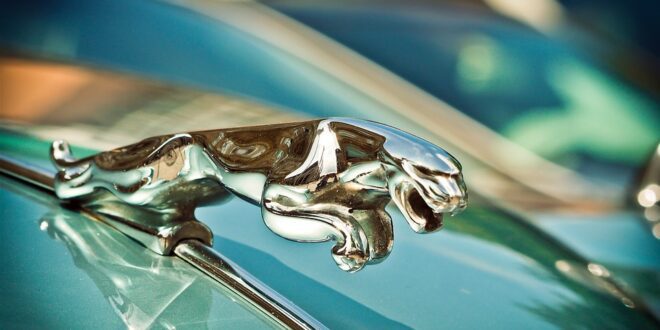Make Something Old Shine Again
We live in a world where consumption and waste are the norm. The moment something becomes worn out or outdated, we toss it out and replace it with something new. But there is a magic in restoring old items and giving them a new lease of life. This process is called restoration, and it can make something old shine again – bringing joy to both the restorer and those who are lucky enough to appreciate their work.
The Power of Restoration
Restoration can be incredibly powerful. Furniture can be repaired, refinished and reupholstered to bring it up to date. Family heirlooms, antiques, and vintage clothing can all be restored to their former glory, rather than being destined for a landfill. Furthermore, recycling by restoring something massively improves the environment by reducing demand for new manufactured items. And that’s before we even begin to talk about the mental health benefits of taking the time to slowly and methodically bring something worn out back to life.
The Importance of Patience
One of the most rewarding {restoration} can be your journey of self-release, caring, and appreciation. Not everything can be made new instantly, and it often takes patience, care, and attention to restore, but it’s important to remind others that it’s perfectly ok if something isn’t perfect. Finding delight in our restorative work will give way to years of enjoyment as the item ages gracefully. Plus, the rewards, both on the item that was restored and honestly on you as a person, will undoubtedly inspire you to continue taking on such projects.
An Addictive Process that Improves Quality of Life
Whether it’s your grandfather’s wardrobe for your home, a piece of vintage lingerie in your local thrift store, or something garbage marked to the curb, there is always something that is waiting to be restored. The magic you give to these pieces of history and the accomplishment you feel each time the finishing touches are complete will surely be addictive– you’ll continue searching for more projects to uplift. Remember to relish the slow and methodical work that requires true appreciation embedded in restoration, something that some people may never have the chance to experience. It’s an incredibly creative and positive way to both preserve history and manifest personal care and pride; something essential for better and brighter days.
In conclusion, restoration is not just about repairing old furnishings and clothing, but also restoring the mindset that encourages the longevity of objects and reducing the negative environmental impact of manufacturing. It requires a patient and creative mindset – and in embracing that mindset, the magic of restoration can be experienced to it fullest. Who knows? It might because of people like {writer/browser keyword} who could transform abandoned relics into something special again.
 Mind Uncharted Explore. Discover. Learn.
Mind Uncharted Explore. Discover. Learn.





An alternative perspective to the author’s point of view would be to argue that the consumption of new items is necessary for the economy to function and that recycling and restoring old items is not enough to combat the negative environmental impact of manufacturing.